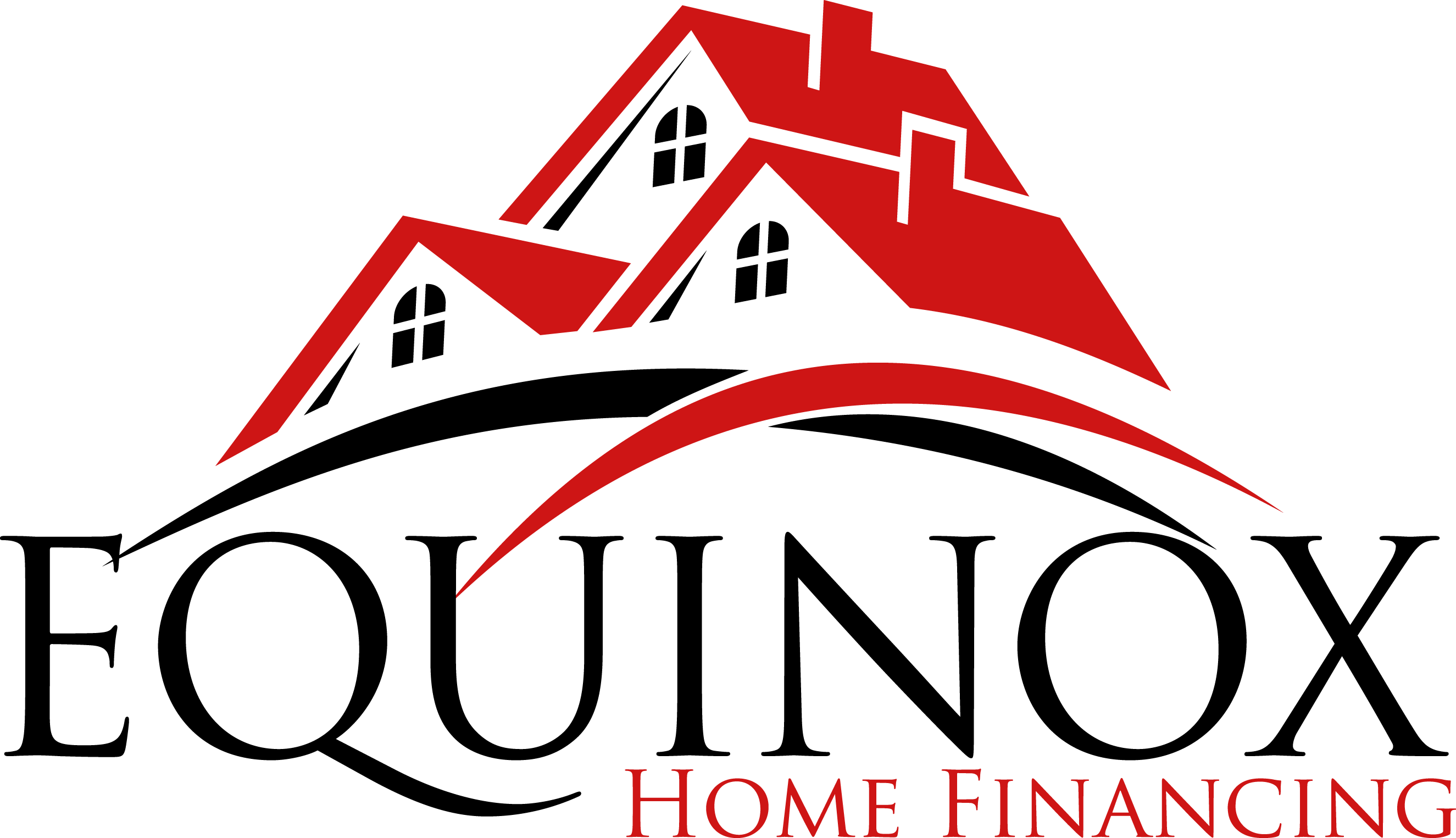Benefits of Refinancing Your Home...& How to Do It
What does refinancing your home mean?
It means taking out a new loan on your home. You replace your existing mortgage with a different one with more favorable terms*. The new loan often has a lower interest rate. The new loan may have a longer term or a shorter one, depending on your needs. Refinancing usually means getting a better deal than you have now.
The Benefits of Refinancing Your Mortgage
With a rate-and-term refinance, your new mortgage has a different (almost always lower) interest rate or a different term length, or both.
Lower monthly payments. Locking in a lower interest rate with a new loan might save thousands of dollars over the loan’s life, with lower monthly mortgage payments*.
Pay off your home. By shortening the term of a loan, borrowers can pay off their mortgages early. You might, for example, take the 25 years remaining on a loan and cut that down to 15 years. This will probably increase the monthly payment amount, but it will lower the overall interest cost. That usually means paying less for the home than you would have paid with a longer-term mortgage.
APPLY NOW
Cash Out Refinancing Explained
Some borrowers use cash-out refinancing to achieve financial goals. Just as it sounds, with a cash-out refinance, borrowers replace their current mortgage with a larger one and take out the difference in cash. You can use that money however you like.
What can you do with the money? Some of the most popular uses include:
Home improvements. Using cash-out refinancing to pay for home improvements can be a savvy way to leverage your home’s equity to increase your home’s value. You’ll want to choose the improvements that offer the highest return on investment. These include building a home office, finishing a basement, and exterior stone work. Regular home maintenance also increases a home’s value.
Debt consolidation. If you’re paying down credit cards each month, you’re not alone; close to half of all American households have credit card debt. The average credit card interest rate is over 23%. It makes sense to pay off that debt using cash from a refinancing loan at an interest rate that’s probably less than a third of what you are paying now.
College tuition. The cost of college is high and rising. For the 2025 school year, the average tuition cost for a public four-year college is $11,610 for state residents. That climbs to $30,780 for out-of-state residents. With private universities, that cost skyrockets. Whether you’ve got kids nearing their college years or are making longer-term plans for little ones, using your home to cover the cost of higher education could be a sound financial decision.
Investments. You can create a revenue stream with the cash you take out of your home. If, for example, you took out cash at 5.5%, anywhere you invest that money with returns above 5.5% will yield profits. That investment could be almost anywhere, from steady stocks and stable high-yield bond funds to high-risk investments that could double your money.
Real estate investment. How much is your home worth? With a cash-out refinance, you can often take out up to 80% of the home’s value and use that money to buy another property. One that earns money. What are the most profitable investment properties? They include:
-
- Residential rentals. Buying a residential home to rent out is one of the most popular real estate investments. This can include apartments, single-family homes, multifamily units, and more. With rising rents and shrinking inventory, the U.S. residential rental market is booming.
- Commercial real estate. With longer lease agreements and larger spaces, commercial properties can yield higher returns than residential ones.
- Fix and flip. Buy, renovate, sell. While it may not be simple to do, it is a simple formula that’s earned considerable money for real estate investors. If you have expertise in this area, a fixer-upper could generate significant profits.
What non-QM loans can you leverage to refinance your home?
While not an exhaustive list, these are some of the most common non-QM mortgage programs people choose when refinancing:
Bank Statement Loans. If you’re self-employed and want to take cash out of your home, a Bank Statement Home Equity loan was designed for you. If you’re looking to lower monthly payments or change the length of your mortgage, a traditional Bank Statement Loan may be ideal. With each, mortgage professionals consider cash flow into bank accounts in the approval process, rather than relying on tax returns and employment information.
DSCR Loans. Using the property you own to buy an investment property. That’s the idea behind the Debt Service Coverage Ratio loan. Here, mortgage professionals determine the earning potential of the property you’re looking to buy. Most times, if the rental income a property will generate covers the mortgage payment and property expenses, you’ll probably get approved. With this loan program, you can purchase single-family residences, condos, and one- to eight-unit properties.
No Income Loans. This mortgage program suits non-traditional earners of all shades, from the self-employed to those with cash-paying jobs, people who do contract work, and others. For approval, potential borrowers usually need to show substantial liquid assets, such as cash in bank accounts and stocks and bonds that you can easily convert into cash.
ITIN Loans. People who don’t have Social Security numbers but pay taxes in the U.S. often have an ITIN (Individual Taxpayer Identification Number). With this ITIN, it’s also possible to qualify for an initial mortgage loan and subsequent mortgage refinancing.
*Refinancing Disclaimer: When it comes to refinancing your home loan, you can generally reduce your monthly payment amount. However, your total finance charges may be greater over the life of your loan.
